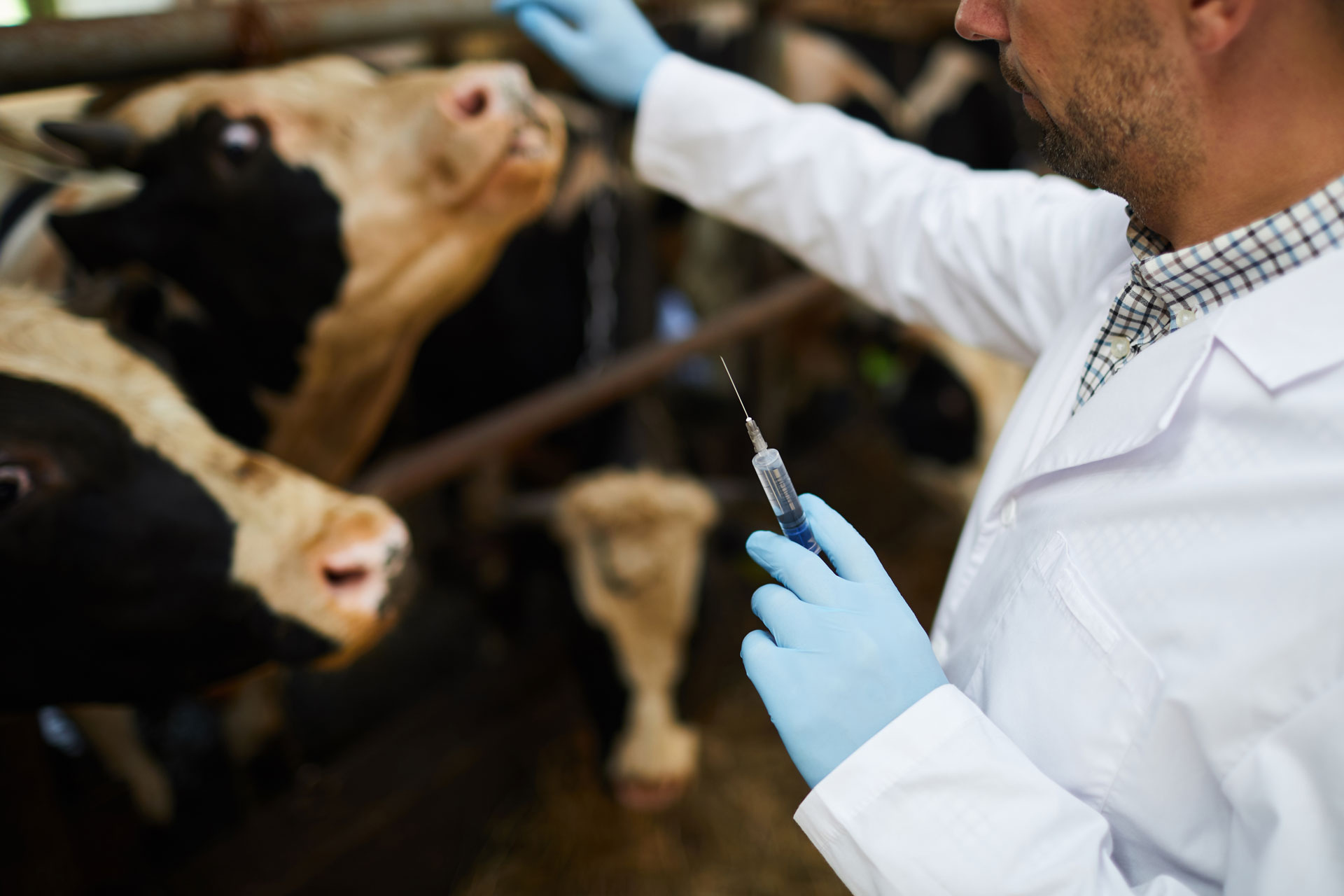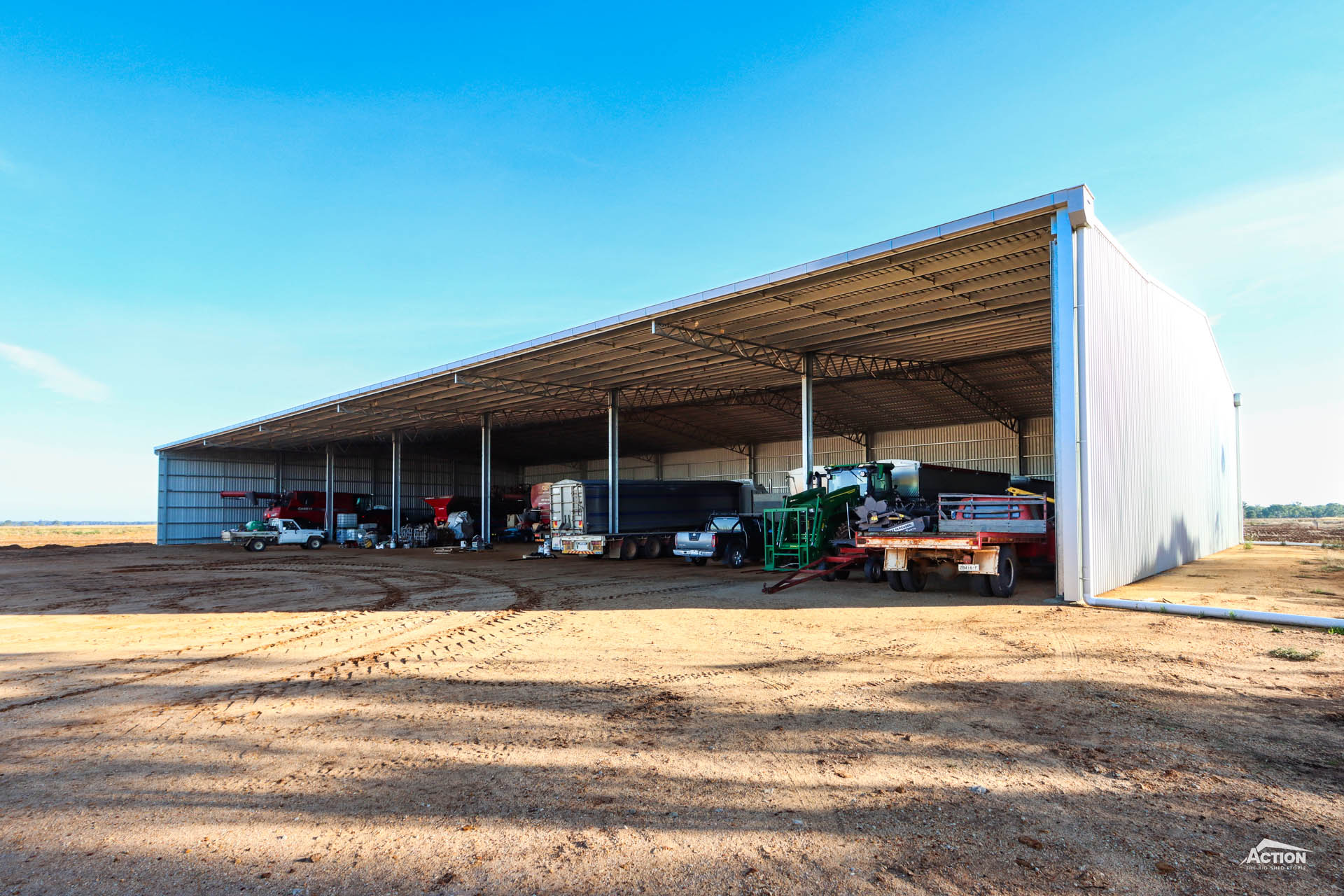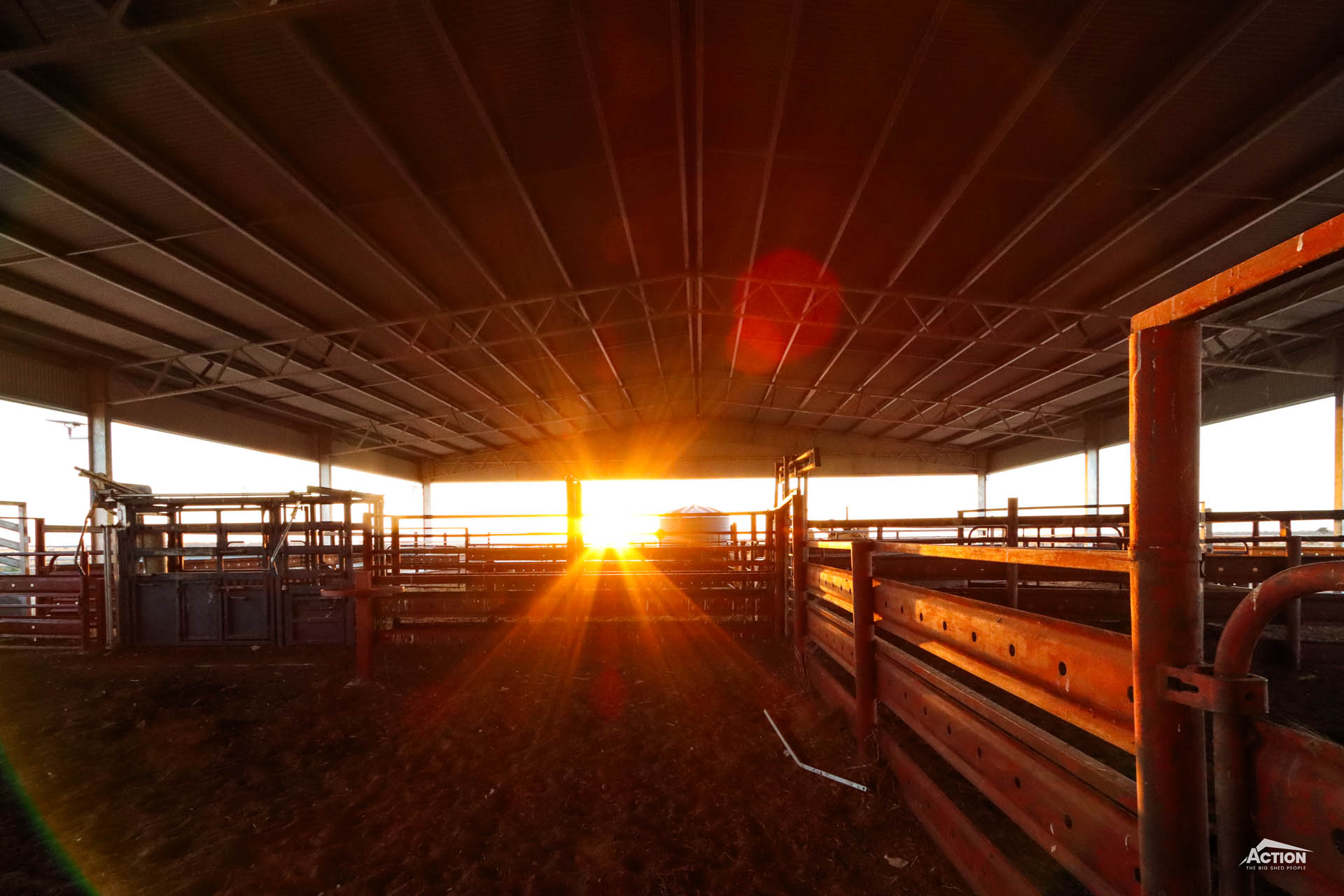Why do cattle die suddenly? Why are my cattle limping? How do I care for sick cattle? What causes cattle to stagger? If you are asking any of these questions, then you might find this article on common cattle sicknesses helpful.
Cattle are susceptible to a variety of sicknesses and diseases, particularly cattle that are immunocompromised or in poor condition.
While some cattle illnesses are not serious and the cattle will recover with little intervention on your part, others can be detrimental to their performance and long-term health – and can even be fatal. Therefore, it is important to be able to identify the signs and symptoms of common cattle diseases so that you can take action and provide your cattle with the care they need.
Some of the most common cattle sicknesses and diseases include footrot, mastitis, pneumonia, scours, tetanus and blackleg.
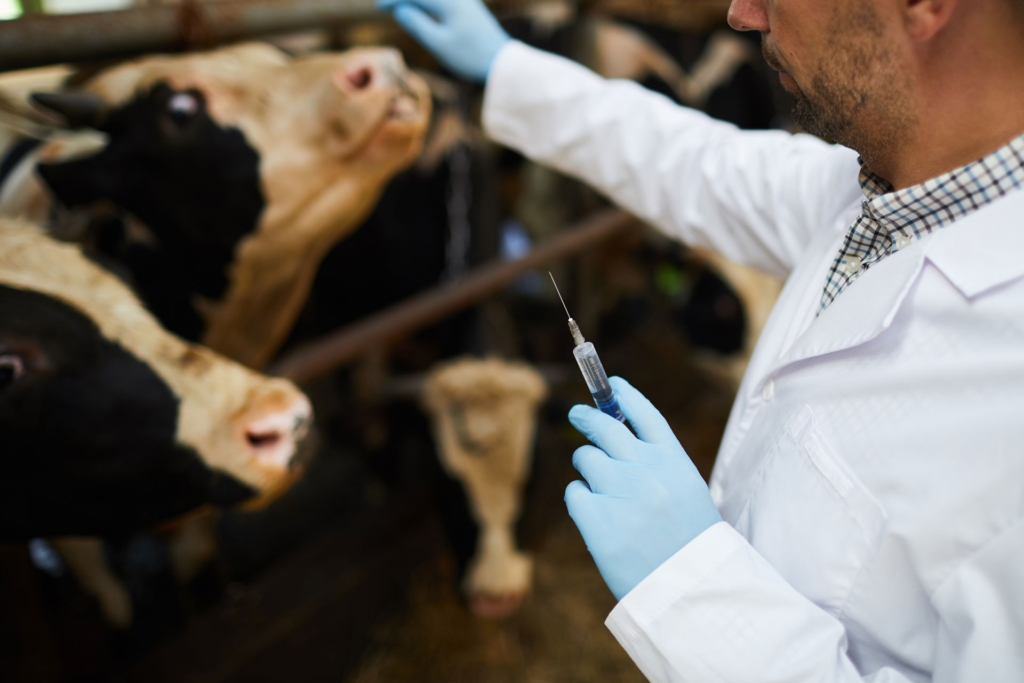
As well as being familiar with the signs and symptoms of these illnesses, it is also important to be aware of what causes the illnesses and what preventative, proactive action you can take – prevention is always better than cure!
If your cattle are sick, there are steps that you can take to care for them, keep them comfortable and aid their recovery such as providing them with shade and shelter and practicing low-stress stock handling.
Keep reading to learn about common cattle illnesses and how to care for sick cattle.
10 Common Cattle Sicknesses
Here are ten common cattle illnesses and what you can do about them:
1. Footrot
Footrot is a bacterial infection that affects the cattle’s hooves. The cattle will have trouble walking and the hooves will be swollen and sore.
Footrot in cattle is caused by bacteria, such as Fusobacterium necrophorum, entering the hoof tissue – usually via an injury or chapped or cracked skin. Walking on rough surfaces, damp or muddy conditions and mineral deficiencies can all contribute to conditions conducive to footrot.
According to this article, symptoms of footrot include extreme pain and sudden onset of lameness, elevated body temperature, swelling of tissues and greater separation of the claws, necrotic lesions and decreased feed intake. It is worth keeping in mind that some of these symptoms are also typical of other foot issues like digital dermatitis.
You can prevent footrot by keeping hooves clean and dry and providing mineral supplements like zinc. Treatments for footrot includes antibiotics. These are most effective with early detection and treatment – speak to your veterinarian about usage and dosage.
Footrot is a notifiable disease in some states of Australia.
2. Blackleg
Blackleg is a fatal clostridal disease (most clostridal diseases result in rapid death) that primarily affects young cattle.
Blackleg is caused by the bacteria Clostridium Chauvoei, or in some cases C. Septicum or C. Navyi, being ingested from pasture and entering the bloodstream before lodging in the muscle. Spores can remain dormant until activity like bruising or exercise causes spores to germinate and multiply rapidly. Once active, spores cause gas gangrene in the muscle leading to dark-coloured lesions, tissue necrosis and toxemia.
Signs and symptoms of blackleg include sudden fever, depression, decreased appetite and then death. Affected muscles become swollen, hot and painful – most commonly occurring in the leg muscles.
Treatment is generally useless as death occurs quickly, but while there is no cure, Blackleg can be effectively prevented by vaccination.
Other clostridial diseases of cattle include Tetanus, Botulism, Clostridial Hepatitis, Overeating Disease, Malignant Edema and Acute Hemorrhagic Edema, which you can learn about here.
3. Anthrax
Anthrax is a fatal bacterial disease caused by Baccillus anthracis and is transmitted via contaminated water and pasture – spores can remain in soil for around 50 years! It is most common in areas where the soil is dry and dusty.
Signs and symptoms include reduced milk production, weakness and staggering – and primarily sudden death with bloody discharge.
Like Blackleg, there is no treatment for anthrax, however, there is a very effective vaccination available. Annual vaccinations are recommended for livestock on properties with a history of anthrax.
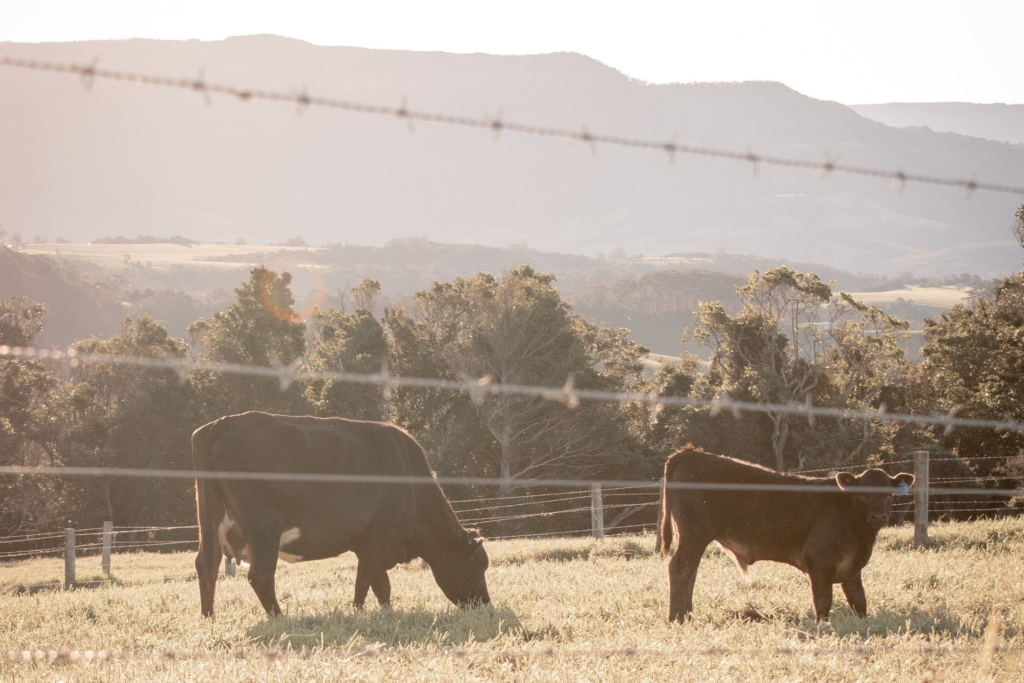
Note that, Anthrax is prohibited matter and a notifiable disease under the Federal Biosecurity Act 2015. If you suspect that an animal is showing symptoms of anthrax you must report it without delay to the Emergency animal disease watch hotline on 1800 675 888.
4. Bovine Johne’s Disease (BJD)
Bovine Johne’s Disease is caused by Mycobacterium paratuberculosis which lives in the animal’s intestine and causes the animal’s intestine and causes the intestinal wall to thicken. As a result, the gut cannot absorb water or nutrients from feed.
Signs and symptoms of Bovine Johne’s Disease include chronic diarrhoea, weight loss and bottle jaw.
There is no cure for Bovine Johne’s Disease, infected cattle will die. This is why good farm biosecurity is essential.
Bovine Johne’s Disease is a notifiable disease in Victoria.
5. Infectious Bovine Rhinotracheitis (IBR)
Infectious Bovine Rhinotracheitis is a highly contagious disease that affects cattle’s respiratory tract and reproductive system.
Caused by bovine herpesvirus type 1 (BHV-1), signs and symptoms include sudden fever, red nose, conjunctivitis, difficulty breathing and inflamed muzzle. If the initial infection does not clear, a secondary bacterial pneumonia can occur, which can be fatal.
Vaccination is available to prevent and control the disease and protect cattle.
6. Infectious Bovine Kerato-Conjunctivitis (IBK)
Infectious bovine kerato-conjunctivitis, more commonly known as pinkeye, is caused by Moraxella bovis – it can also be caused by Mycoplasna and Neisseria but this is not common.
Pinkeye affects the conjunctiva and cornea of the eye and causes very painful, weeping and cloudy eyes. The diagram below from Cornell Cooperative Extension shows the three stages of Pinkeye. You can learn about the different stages of this debilitating disease, here.
Pinkeye can be prevented by avoiding dusty conditions and high-risk grass seed pastures. Vaccinations are available for prevention of the disease and treatments can include ointments, powders and sprays.
7. Foot and Mouth Disease (FMD)
Foot and mouth disease is highly contagious and while it is not fatal for adult cattle, it can kill calves and young cattle – as well as causing significant production losses.
Signs and symptoms of foot and mouth disease in cattle include lameness, blisters in the mouth including on the tongue, blisters on hooves and long strings of saliva.
The good news is that foot and mouth disease is not present in Australia, however, the disease presents a great risk to our export market and an outbreak would have a major economic impact. For example, the Department of Agriculture, Water and the Environment estimates that “a small FMD outbreak, controlled in 3 months, could cost around $AUD 7.1 billion, while a large 12-month outbreak would cost $AUD 16 billion.” This is one of the reasons why foot and mouth disease is a notifiable exotic disease.
8. Cattle Tick Fever
Cattle Tick Fever is a notifiable disease caused by Babesia bigemina, B. bovis or Anaplasma marginal and spread by cattle ticks.
The disease destroys red blood cells (haemolytic anaemia) and symptoms include fever and weakness.
Preventative measures include chemical treatments, vaccination and selecting cattle with tick resistant genetics.
9. Bloat
Bloat occurs when there is excess gas in the rumen. This can be either ‘free’ or ‘frothy’.
Free: “accumulating because the rumen is flaccid and not performing its usual eructation function”
Frothy: “due to chemicals increasing the surface tension of the rumen liquid.”
Bloat is usually caused by cattle grazing grain or lush pasture with a high legume content.
Signs of bloat include rapid breathing, staggering and in advanced cases, sudden death due to the swollen rumen interfering with breathing and preventing blood flow.
Prevention methods include feed strategies such as ensuring cattle have access to hay, and grazing strategies such as avoiding high-risk pasture and including bloat resistant legumes.
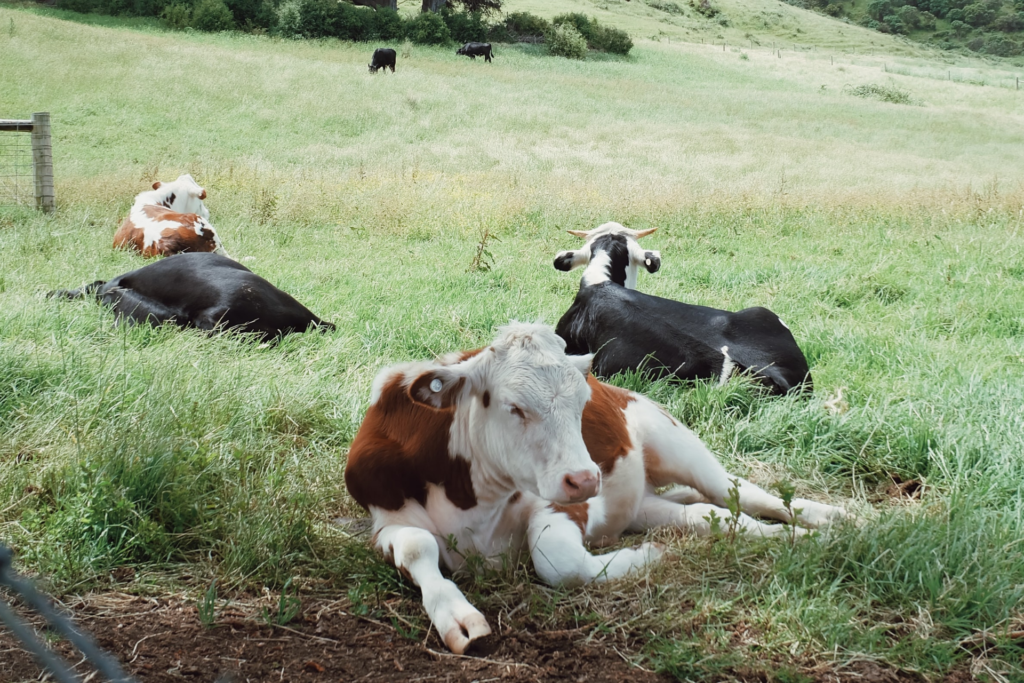
10. Grass Tetany
Grass Tetany most commonly affects lactating cows in the autumn and winter months, and occurs because there in not the required levels of magnesium in the blood for proper brain and nerve function – you can learn more about the causes, here.
Signs of grass tetany include excitement, twitching muscles, convulsions and staggering.
Treatment includes magnesium supplements such as lick blocks, taking steps to reduce stress and providing shelter.
That’s an overview often common cattle sicknesses and illnesses, how they occur and what to do about them. While it is not a comprehensive guide, we hope you find the information useful. Other common diseases to consider include White Muscle Disease and Pestivirus.
Caring For Sick Cattle
So, how do you care for sick cattle?
Obviously different sicknesses, diseases and health conditions will have different requirements and treatments, but there are some basic principles to maintain when caring for cattle:
- Seek professional advice to ensure you are providing the correct treatment and care.
- Provide access to plenty of clean water to ensure cattle stay hydrated and prevent crowding
around water sources. - Provide shade and shelter from the elements to protect cattle from heat stress or cold stress. Shelter can also make cattle calmer and more relaxed which can speed up their recovery process. Make sure there is enough room for all cattle to avoid overcrowding and keep sick and vulnerable cattle separated from the others.
- Practice low stress handling techniques and avoid moving cattle unnecessarily to reduce stress and encourage recovery and healing.
Cattle sickness and diseases can occur in any herd. It is important to be able to recognise the signs and symptoms of cattle sicknesses so you can provide appropriate care and prevent suffering and loss. It is also important to be proactive to prevent outbreaks and spread as many diseases have no cure.
To give your cattle the best chance of recovering, seek professional advice, follow the basic principles of providing shade and shelter and access to water and practicing low-stress stock handling techniques to keep them calm.

